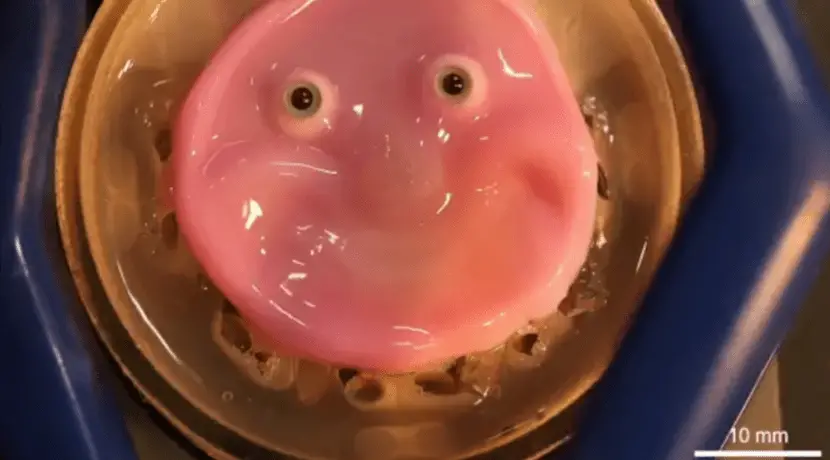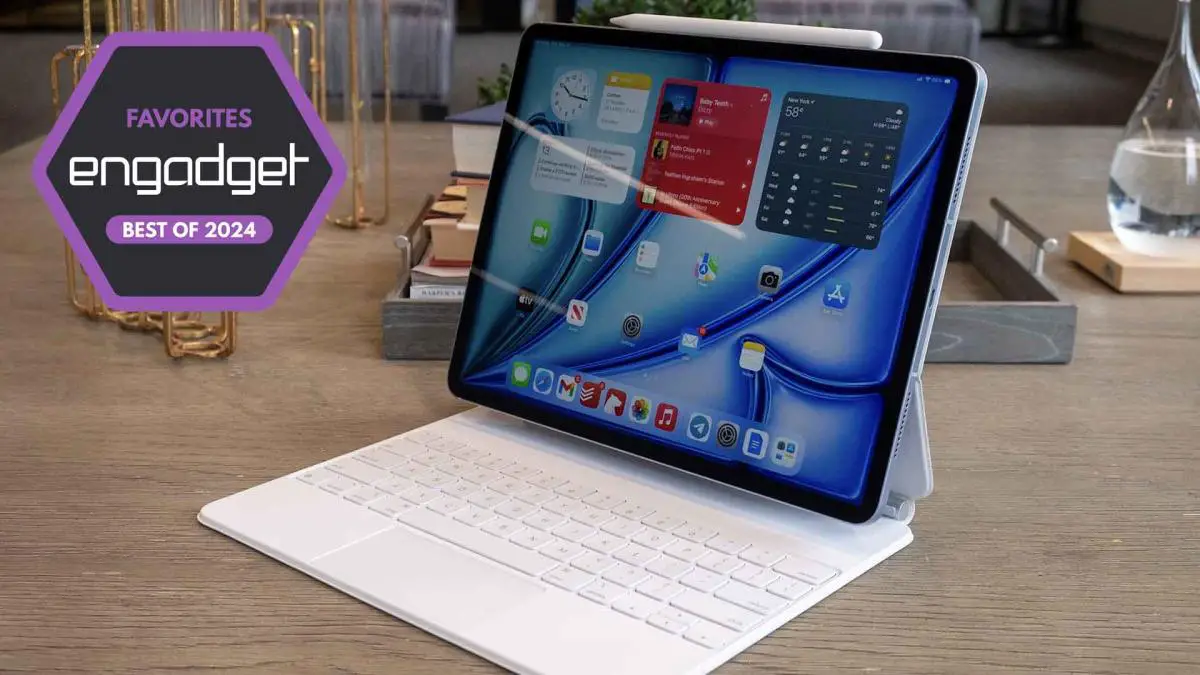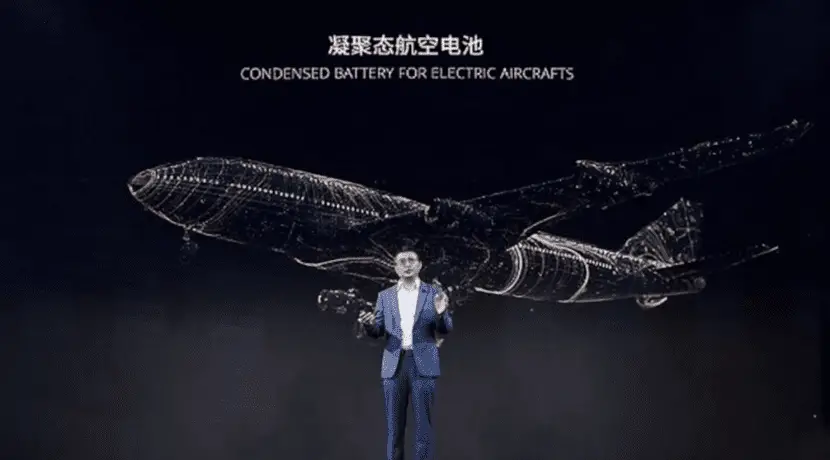New method fixes living robot skin
Punch Anchor Technique June 26, 2024 19:29 Robert Klatt Robotic component with human skin )oykoT fo ytisrevinU.la te ihcuekaT ijohS(Photo: © Living skin has not yet been able to be used as a component of a robot. The new “perforation anchor technology” replicates strips of human skin to attach the skin to robot components. This […]

Punch Anchor Technique
Robert Klatt
Robotic component with human skin
)oykoT fo ytisrevinU.la te ihcuekaT ijohS(Photo: ©
Living skin has not yet been able to be used as a component of a robot. The new “perforation anchor technology” replicates strips of human skin to attach the skin to robot components. This allows robots to acquire biological functions such as the sense of touch and self-healing.
Tokyo, Japan). Humanoid robots with living skin would have many benefits, including a keen sense of touch and self-healing. In December 2022, researchers at the Swiss Federal Institute of technology Zurich (ETHZ) developed a living skin for robots based on mushrooms. Scientists are also working to attach living human skin tissue to robots. Until now, the skin was fixed with protruding anchors or shrunk onto the object.
However, skin tissue fixation methods are not yet convincing in terms of stability and flexibility because they often present problems such as deformation and aesthetic defects. Researcher of University of Tokyo Professor Shoji Takeuchi has just presented a new method for attaching skin equivalents to robots. The “perforation anchoring technique” reproduces the structure of human skin ligaments and thus makes it possible to attach living skin to robots.
“In this study, we managed to recreate human appearance to a certain extent by creating a face with the same surface material and structure as humans.”
Strips of replicated human skin
According to the publication in the specialist magazine Cellular Reports Physical Sciences The new method uses perforated anchors with which the skin is attached to the artificial surface of the robots. Anchors are similar to strips of human skin that connect human skin tissue to the body. Specifically, the robot has tiny V-shaped holes onto which a gel containing skin cells is applied. As it hardens, the gel binds to the anchors, forming a stable structure.
What is particularly important is the steam plasma treatment, which allows the surface of the anchor to better absorb the collagen gel. Vapor plasma treatment increases hydrophilicity by reducing the gel contact angle. This increases the distribution and adhesion of the collagen gel to the anchors.
2D robot with living skin
To demonstrate their new method, the researchers attached living skin to a 3D face model and a 2D robot. Additionally, a robot face was given living skin. The robot’s face was able to show different facial expressions through mechanical influences without damaging the skin.
Further mechanical tests prove that puncture anchors prevent shrinkage of skin tissue. The larger the perforation anchors, the higher the skin strength. However, flexibility decreases with the size of the perforation anchors. Depending on the intended use and required properties, the ideal size of the perforation anchor should be determined.
Scientists explain that robots with living skin could be used mainly in so-called humanoid robotics. It is conceivable that robots with living skin could be used as prosthetics.
Cell Reports Physical Sciences, doi: 10.1016/j.xcrp.2024.102066














